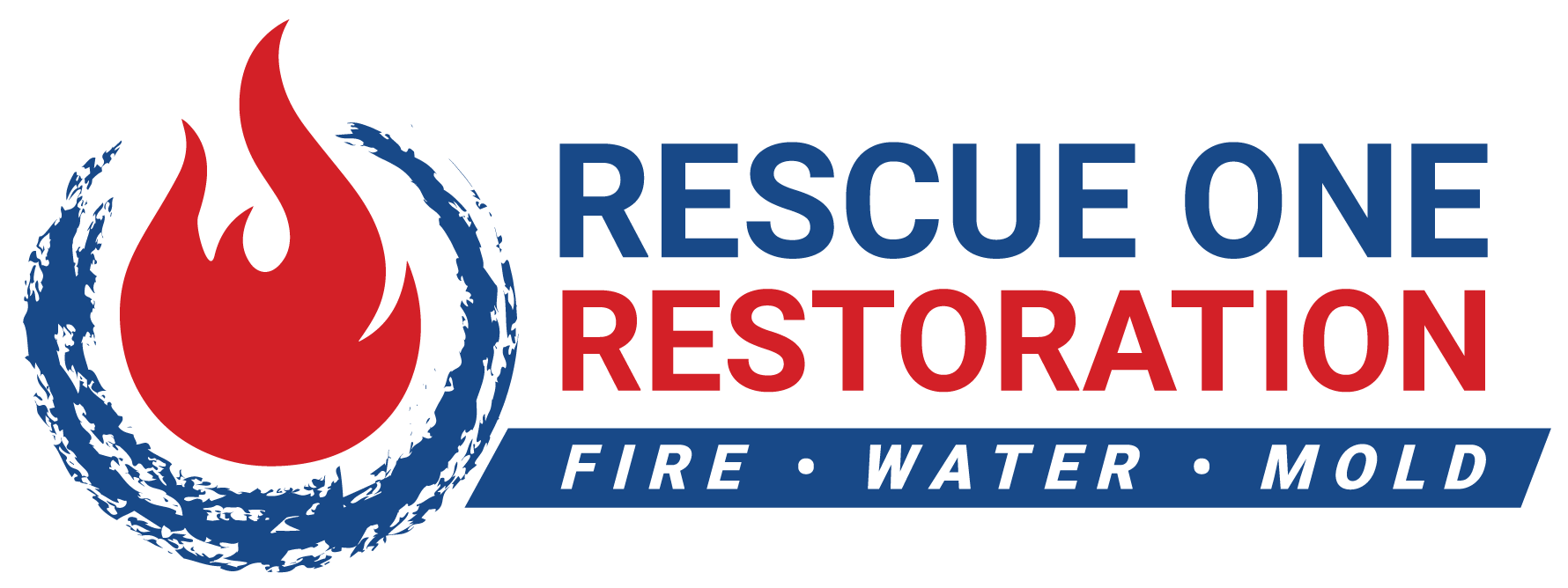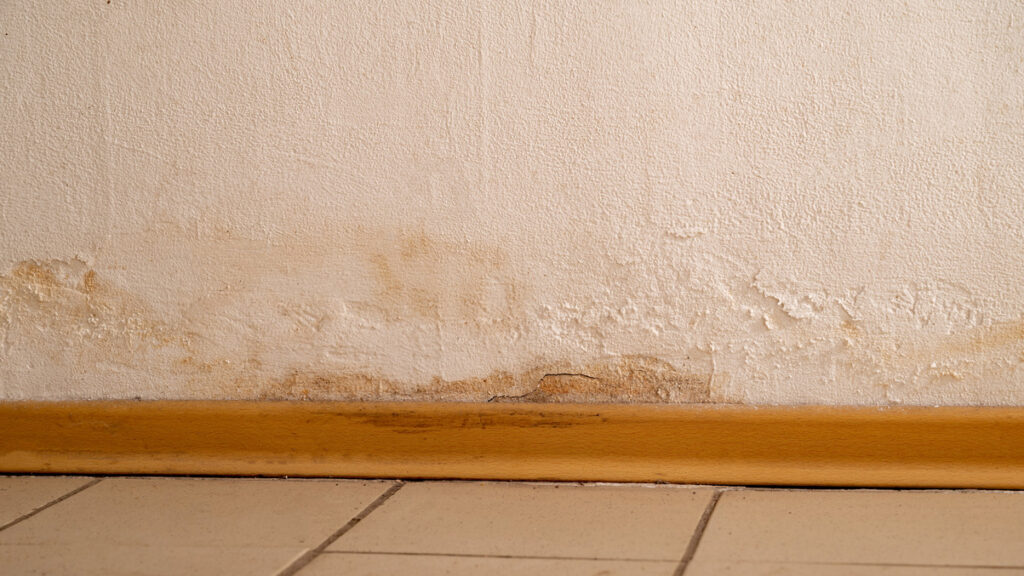
Many homeowners aren’t sure if they need to replace their drywall after water damage. Even a tiny amount of water can cause significant problems for your drywall, and if not fixed quickly, the damage can worsen over time.
We’re here to help you answer the question: does wet drywall always need to be replaced? We’ll walk you through the signs of water damaged drywall and what you should do to fix it. Read on to learn more.
What Is Drywall?
Drywall is a type of wallboard used to create walls and ceilings. It’s made of a gypsum core sandwiched between two layers of heavy paper. Drywall is a very popular material for home construction because it’s relatively cheap, easy to work with, and does an excellent job of hiding imperfections in the underlying wall.
While drywall does a great job of protecting your home from the elements, it’s not impervious to damage. Water is one of the biggest enemies of drywall, and even a tiny amount of water can cause significant damage.
What Are The Signs Of Water Damaged Drywall?
The most apparent sign of water damaged drywall is water stains. These can appear as small brown spots or large yellowish-brown areas. If you see these types of drywall water damage, it’s a good indication that water has seeped through the drywall.
Another sign of water damaged drywall is bulging or warped panels. This happens when water saturates the gypsum core and causes it to swell. This can cause the drywall panel to bow out or bend.
If you see any of these signs, taking immediate action is vital. The longer you wait, the worse the damage will become.
Should I Repair My Wet Drywall Or Replace It?
Should you repair your water damaged drywall or replace it? Well, the answer is it depends.
You’ll want to consider a few factors before repairing or replacing your drywall:
- Severity: The first is the severity of the damage. If the drywall is only mildly damaged, with little more than a few cracks or holes, then repair is certainly possible. A replacement may be your best option if the water damage is more significant — large holes or extensive water damage.
- Location: Another factor to consider is the location of the damage. Repairs may be all you need in an inconspicuous spot, like in a closet or behind furniture. But if it’s in a noticeable area, like on a wall in your living room, you may want to replace the drywall so that the repair is less pronounced.
- Cost: Finally, you’ll want to consider the cost of repairs versus replacement. Sometimes, it may be cheaper to replace the drywall than to repair it simply.
If you’re unsure what to do, it’s always best to contact a professional. They’ll be able to assess the damage and recommend the best course of action.
Preventing Future Water Damage To Your Drywall
It’s essential to take measures to prevent future damage to your drywall, especially if you live in an area prone to flooding or other water damage. There are a few ways you can do this:
- Make sure your gutters and downspouts are clear and in good condition. Clogged drains can cause water to back up and seep into your walls, leading to damage.
- Inspect your home regularly for any signs of leaks or moisture. If you see any, address the source immediately to prevent further damage.
- Contact a professional if you think your drywall may be at risk of future damage. They can help assess the situation and take steps to protect your home.
These precautions will help ensure that your drywall stays in good condition for years.
Mitigate, Repair, Or Replace Your Drywall With Rescue One Restoration
If your drywall is damaged beyond repair, don’t hesitate to contact Rescue One Restoration. We’re a local, reputable, trusted damage restoration service in Oahu.
We specialize in drywall repair and replacement, and we’ll work quickly and efficiently to get your home back to its original condition – perhaps even better!
Don’t wait until it’s too late — contact us today by calling (808) 745-1608.
Learn more about our mold removal services and how Rescue One Restoration can serve you here.
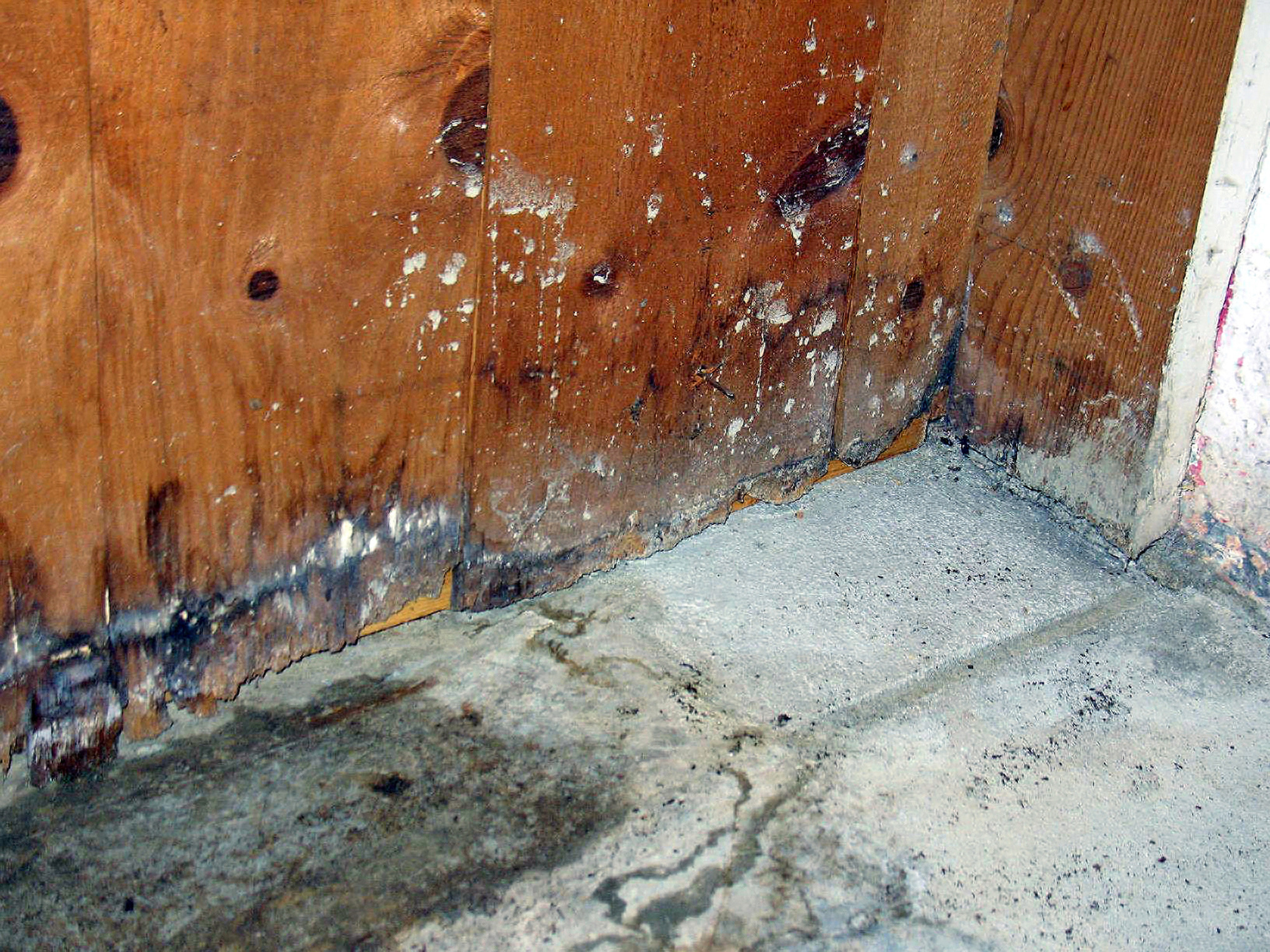
The Hidden Dangers Of Home Water Damage: Why Immediate Restoration Matters Water damage in your home can be very dangerous. What seems like a minor issue at first glance can lead to significant long-term consequences. Left untreated, water damage can cause severe problems, from potential structural issues to the growth

Understanding Insurance Coverage For Damage Restoration In Hawaii With its stunning natural beauty and idyllic climate, living in Hawaii can feel like a dream come true. However, the state’s unique geographical challenges, including its vulnerability to natural disasters like hurricanes, volcanic eruptions, and flooding, can turn that dream into a
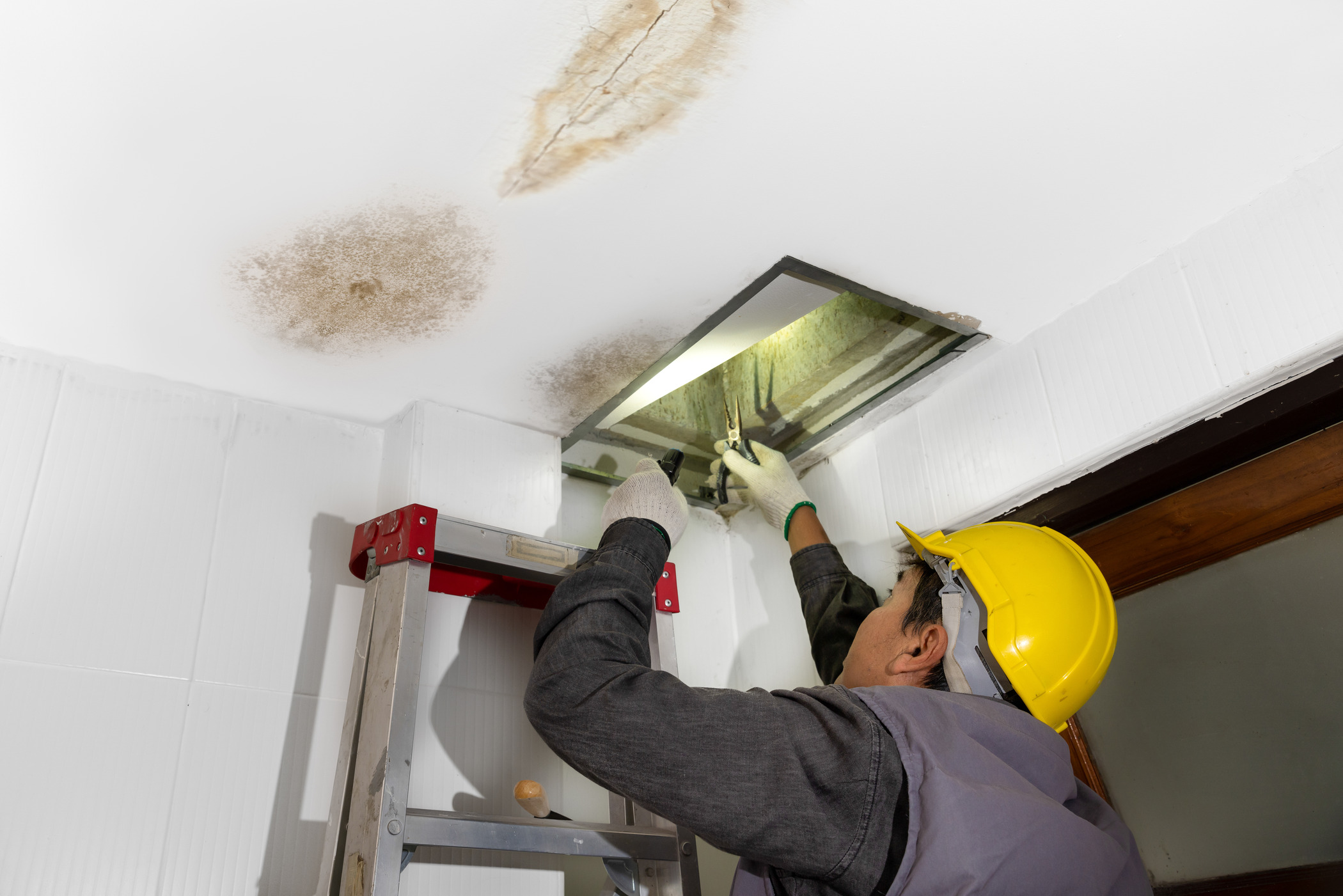
The Ultimate Guide To Water Damage Restoration In Hawaii: What You Need To Know Water damage is a common issue faced by homeowners and businesses alike, especially in a place like Hawaii, where tropical storms and hurricanes can wreak havoc. When faced with water damage, it’s crucial to act swiftly
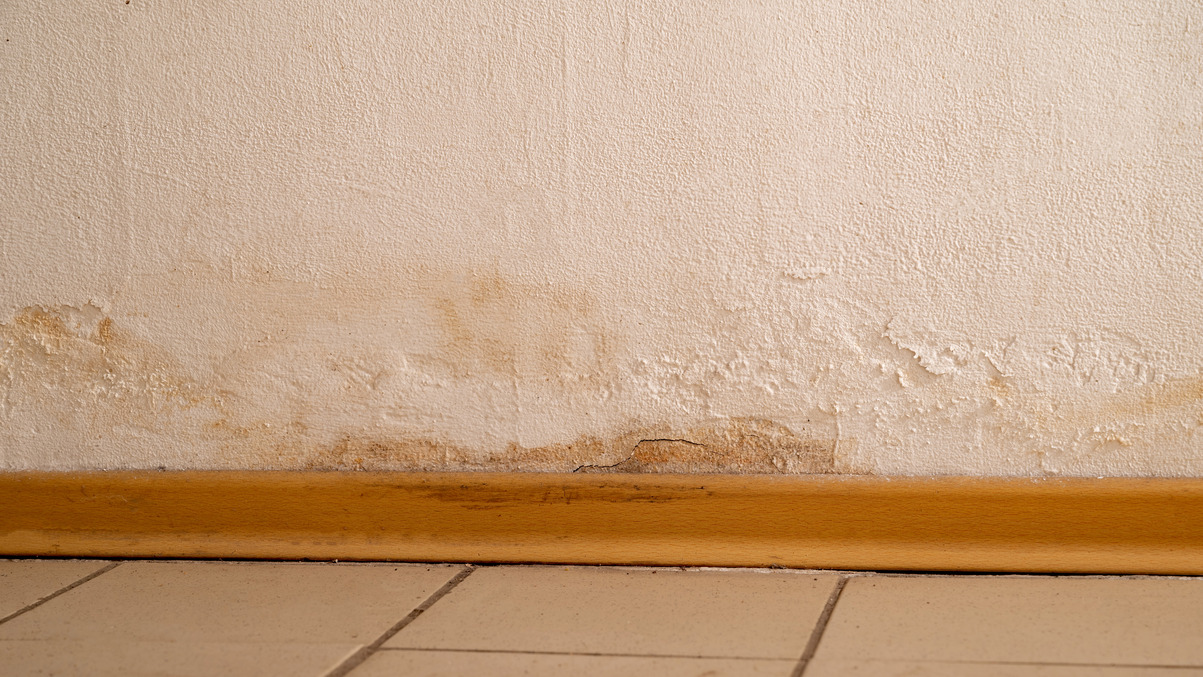
Many homeowners aren’t sure if they need to replace their drywall after water damage. Even a tiny amount of water can cause significant problems for your drywall, and if not fixed quickly, the damage can worsen over time. We’re here to help you answer the question: does wet drywall always
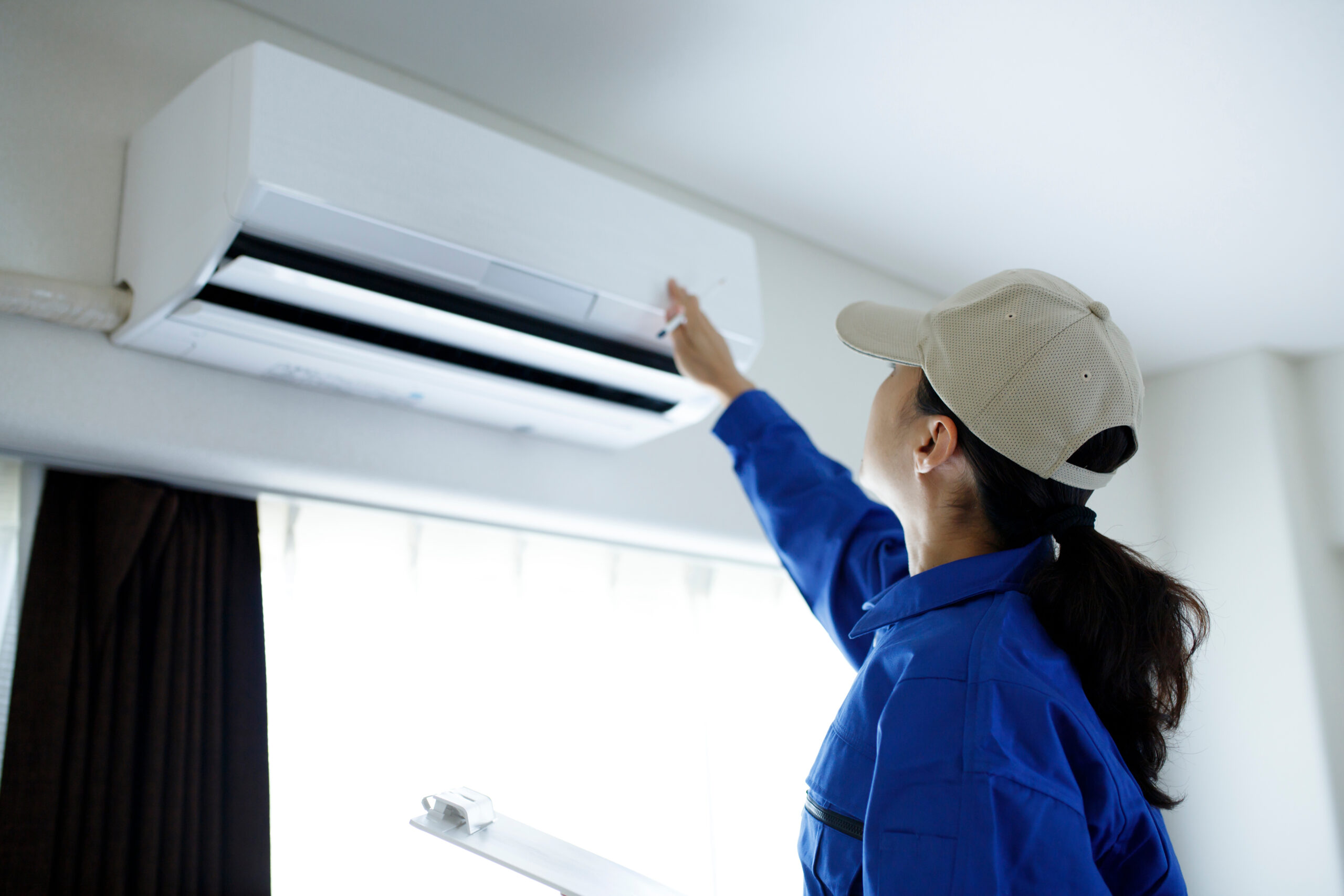
Mold can grow on nearly any surface around your home. In particular, mold thrives on surfaces that are damp, cold, or both. This means many of your household appliances can be potential breeding grounds for mold and mildew growth. It is also important to conduct regular checks and cleaning to
